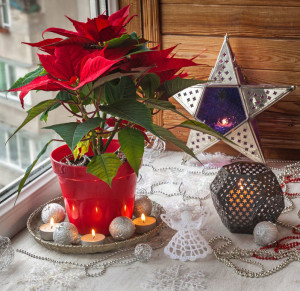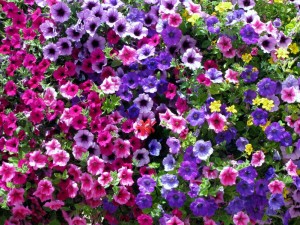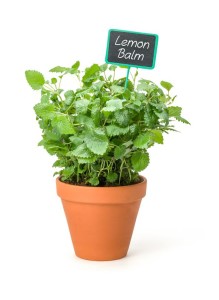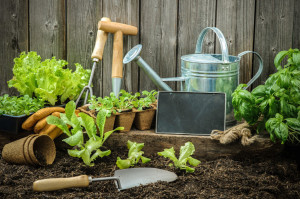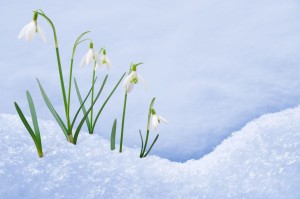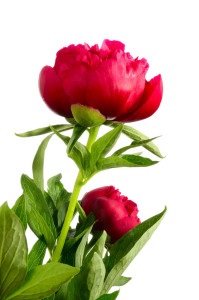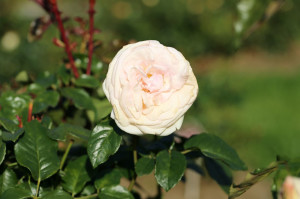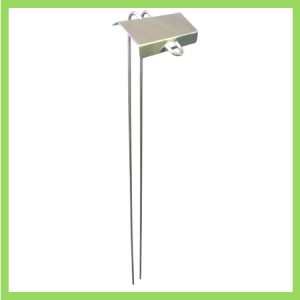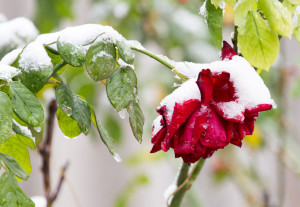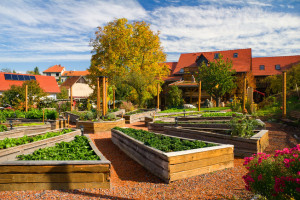 With gardening comes many emotions from joy to disappointment. In your labor you strive for a bountiful harvest and therefore will sacrifice clean fingernails and endure back pain to dig, weed, plant and harvest those priceless plants. Some gardeners are trying to reduce the back strain by planting raised gardens.
With gardening comes many emotions from joy to disappointment. In your labor you strive for a bountiful harvest and therefore will sacrifice clean fingernails and endure back pain to dig, weed, plant and harvest those priceless plants. Some gardeners are trying to reduce the back strain by planting raised gardens.
Raised bed gardens allow you to reach out and tend your plants at a greater height. There’s less stooping and crouching and a nice sturdy raised bed border makes for a great spot to sit while you tend the soil right there at your waist level. Individuals who use wheelchairs find that raised beds allow them to garden with greater ease. Older individuals find they don’t have to bend over as much and that the soil is softer and easier to turn. The raised height also makes it easier to place and to read your metal plant markers.
Raised beds offer more than just a back-friendly height. They are attractive in multiple ways:
- Fewer weeds – In their solitary island, raised beds tend to invite less weeds. The beds may still get some airborne seeds landing in their soil, but their wood or cinder block fortress walls help keep out creeping weedy invaders.
- Workable soil – Because you and others aren’t walking around the plants, the soil in a raised bed is less compacted and is softer and easier to work. The grains of soil filter through your fingers more like flour rather than like a hard flat pancake of dried packed down soil.
- Smaller tools – Once the beds are established, there will be less digging with huge spades and more digging with sturdy trowels. Since the soil is less compacted, the tools don’t have to be as large and heavy. Lighter tools also offer less back strain and more ease in planting your flowers and edibles.
- The crisp outlined raised beds present a neat and tidy garden. Metal plant markers look beautiful in raised beds and are easy to see and read.
Recently, we have streamlined the product portion of our website so that you can easily and quickly find the metal plant markers that are just right for your raised bed or traditional garden. Simply click on the plant marker picture and it will show you our Kincaid Plant Markers options. You may choose the slender 10-gauge posts or the sturdier 13-gauge posts. You can also choose whether you would like your name plates angled behind your posts or your name plates angled in front of your posts. No need to worry about our name plates slipping down the posts. We’ve created a “captive plate” that will never slip or slide down our 100 percent stainless steel.
A raised bed garden might lift your spirit and ease your back pain. We hope our new product arrangement will help you better find the perfect plant markers that fit your garden’s needs whether your garden climbs up from your toes or blooms right near your nose.

